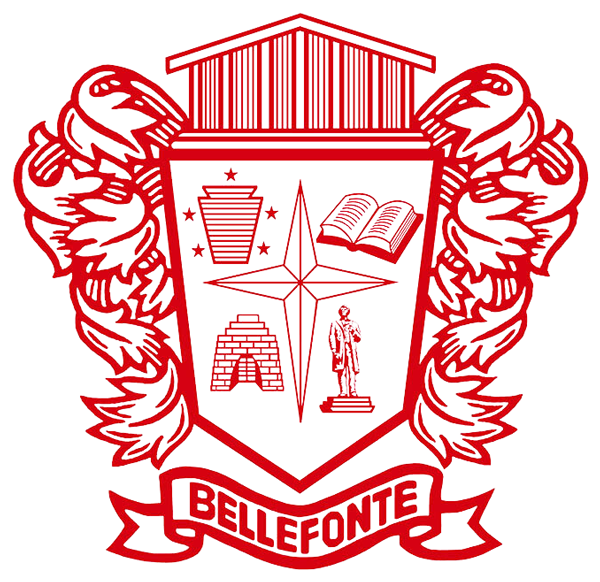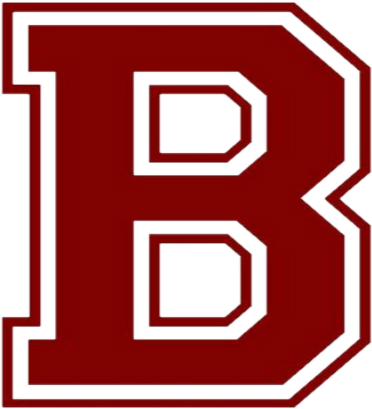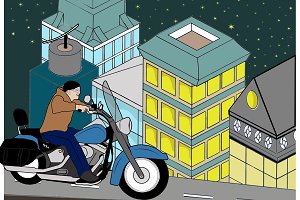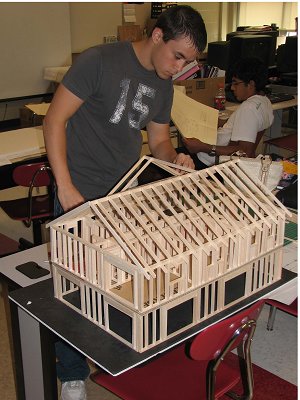Welcome to my Website under the Technology Education Department.
What should an upcoming high school student consider when scheduling an elective course during their High School career? My personal opinion are courses that will take future career options and give students the opportunity to apply fundamentals and learn applications related to the workforce in the classroom. My technology courses are that opportunity and students are give the chance to use industrial standard software and problem solving techniques that are used outside of the classroom. This means that students are given projects that are driven by society and the needs of our ever-changing culture.
I am also very focused on the future of engineering and giving students the opportunity to understand principles and applications that are necessary to be successful in an engineering field. Part of the curriculum that I teach at the High School is the Project Lead the Way engineering curriculum. Large engineering companies, such as Lochheed Martin endorse this program and the goal of getting students started early in engineering fields. The curriculum helps students prepare for the mind set and the applications that are needed to be successful in the engineering fields. Students learn software applications, problem solving techniques, and basic math concepts that are not only useful in the engineering classroom, but will also relate to various career options and post-secondary education success for students.
Courses that I currently teach and can be available to high school students:
Foundations of Engineering
Technical Drawing 2
Architectural Drawing
Photography
Digital Graphics and Photoshop
Materials and Engineering
Project Lead the Way Courses
1. Introduction to Engineering and Design (IED)
2. Civil Engineering and Architecture (CEA)
Cooperative Education (Co-op)



